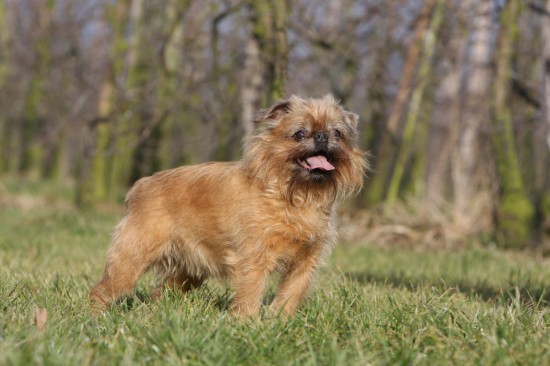Having problems with Pigeons? Try Bird Barrier Coil.
An extendible coil specially designed to stretch over long areas such as ledges, parapets, ridges, girders and signs. The unique shape and instability of the coil prevents birds from landing on or in between the coils. There is no risk of hurting the birds.
Having problems with Pigeons & Seagulls? Try the Springwire-Avistrand.
The Avistrand sprung system prevents birds perching on the exterior of buildings. This can be suitable for ledges, parapets, sills, cornices and other level roosting points. This system consists of stainless steel posts and spring tensioned plastic coated wire in one or more rows.
Avistrand is unobtrusive and does not mar the appearance of the building. It is one of the few systems which can be used against seagulls, but generally in light pressure situations. This system is harmless to birds.
Having problems with Starlings? Try Sonic Scaring.
A bio acoustic dispersal system with a mixture of alarm and distress calls over a carefully scheduled time programme to break the roosting habits of the birds and move flocks of starlings from buildings or locations and away to less sensitive areas. These devices are generally more effective in agricultural situations and very few appear to have any effect on urban bird pests.
Having problems with Pigeons & Starlings? Try Repellent Gel.
Applied in strips to horizontal ledges, parapets, signs, beams, etc. The gel is a non-viscous compound that depresses under a birds weight to create discomfort and to encourage them to move to a better perch elsewhere. The gel is sealed to prevent the adhesion of airborne pollutants and to prevent entanglement of bird抯 flight feathers.
Having problems with Pigeons, Seagulls and Sparrows? Try Perching Deterrents ?Point Systems.
A range of propriety systems, featuring stainless steel rods in single or multiple spring configurations mounted on polycarbonate bases. They are generally flexible enough for installation on most surfaces, even roof ridges, light fittings and signs. The tips of the wires in the systems supplied are all cut square, so that the birds will not injure themselves.
Though similar, there are in fact many significant differences between the point systems supplied. Pigeon systems have spikes which are 100-120mm long. Seagull systems have spikes which are at least 150mm long.
Wires are set at an angle from the base and are more difficult for birds to penetrate than vertical ones. Like most bird proofing products, point systems are unobtrusive and difficult to see once they are installed.
Having problems with Pigeons, Seagulls, Sparrows & Starlings? Try Netting.
A fine mesh UV resistant polythene netting is used to screen areas completely, so denying birds access to areas such as light wells, the undersides of canopies and porticos, roof areas and other nesting and roosting points. This is used in heavy pressure situations and where there will be lots of fouling and maybe nesting materials or even eggs and chicks.
Bird netting is held tightly in place on a building, by attaching it to a tensioned wire which runs around the periphery of the area being netted. Nets supplied are made from durable and long lasting materials which will not absorb water, are virtually unaffected by extremes of temperature, are chemically inert and have outstanding electrical insulating properties.

 Find the Best Feeding Bowl For Your Dog
Download Puppy chihuahua and food bowl - Royalty Free Stoc
Find the Best Feeding Bowl For Your Dog
Download Puppy chihuahua and food bowl - Royalty Free Stoc
 Griffon Bruxellois Longevity And Hereditary Health
Griffon Bruxelloi
Griffon Bruxellois Longevity And Hereditary Health
Griffon Bruxelloi
 Peach Faced Lovebird
Peach Faced Loveb
Peach Faced Lovebird
Peach Faced Loveb
 Pet Grooming Tips And Services
Pet Grooming Tips And Services
Pet grooming is
Pet Grooming Tips And Services
Pet Grooming Tips And Services
Pet grooming is
 Maine Coon Kittens
Maine Coon Kittens
General depiction
The Maine
Maine Coon Kittens
Maine Coon Kittens
General depiction
The Maine